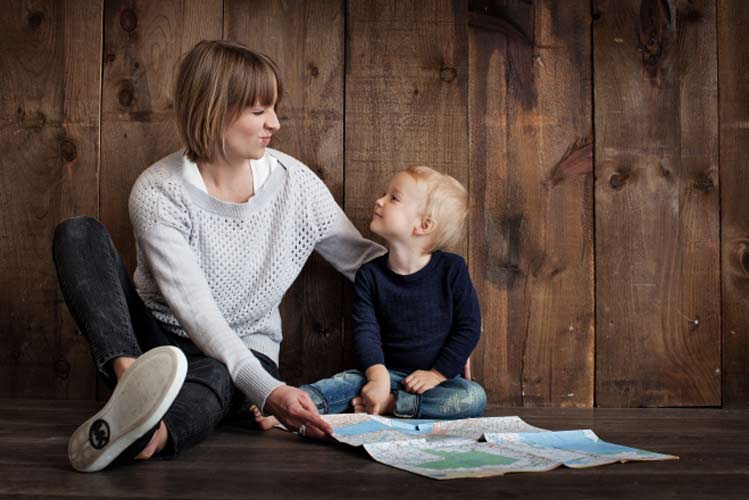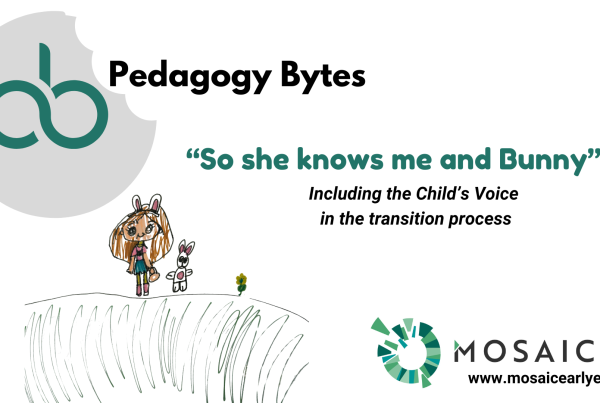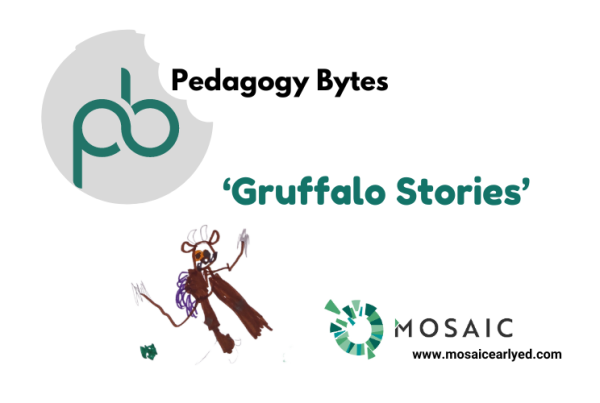Using Open-ended Questions to encourage children’s curiosity, creativity, reasoning and thinking skills.
Children who are taught to think about things at an early age through open-ended questions are better equipped to understand the world around them, and relate this new information to past or present experiences.
Open-ended questions have no right or wrong answers, but help to broaden children’s thinking processes, to develop their speech and language skills, and to build confidence in their ability to express themselves using words.
Listening to children’s answers is even more important than asking the open-ended questions
• Wait 5-10 seconds for the child to think and formulate responses.
• Allow the child to fully answer the question without interruption.
• Show that you are interested the child’s answers.
• Keep the conversation going until the child gives you clues to move on.
Using open-ended questions has many benefits and they help to:
• Encourage children to think beyond the obvious.
• Encourage children to think of as many possibilities as they can.
• Increase co-operation and understanding.
• Allow children to include more information, feelings, attitudes and understanding of the topic.
• Provide children with opportunities to explain or describe something, thereby expanding and developing their speech, language and vocabulary.
• Recall recent or past events which develops children’s short and long-term memory skills.
Asking open-ended questions is a habit you can adopt as part of your daily conversations with children:
Open-ended Knowledge Questions
• What happened when…?
• What happened before/after…?
• What did it look/feel/sound/taste/smell like?
• What do you remember from…?
• Describe what you know about…
• Tell me about your…
• Name all of your favorite _____.
• What did you use to make it?
• List everything you think you might find in…
• Describe to me _____ (block structure, etc.) and how you made it.
Open-ended Comprehension Questions
• Why do you think…?
• Which one do you have more/less of?
• How can you tell the difference between _______ and ______?
• Can you give me an example of ______?
• How do you know that…?
• What happened first, second, third, etc.?
• Tell me what happened…
• How could you say that differently?
• Name some… (shapes, animals, vegetables, etc.).
Open-ended Application Questions
• Tell me about a time when…
• Tell me how you would make/build…
• What does this make you think of?
• What do you think will happen next?
• How can we organize these?
• How can we/you find out?
• Show me what you could do with it.
• How can we solve this problem?
• What do you think will happen if…?
• How else would/could you…?
Open-ended Analysis questions
• Why is this important?
• In what ways are these different/similar?
• What do you think will happen?
• How much/many _______ will we need to …?
• Is there anything that you would change? If so, why?
• Why do you think…?
• What comes next in the pattern of_______?
• What could we do differently next time?
• Did that ever happen to you? Tell me more about that.
Open-ended Evaluation Questions
• What other ideas do you have to add?
• What other ending to the story can you come up with?
• How will you organize______?
• What else could you do/use?
• How will you prepare for…?
• What could we have done instead?
• What’s one solution to the problem?
• How could you assemble these _______ to make _________?
• Tell me how you will… (draw your picture, make your city out of blocks, etc.)
Open-ended Creating Questions
• What changes would you make to…?
• How many ways can you…?
• Why did you choose… (those materials, that order, etc.)?
• How could we make the/this_____ (stronger, better, etc.)?
• How will you make a new… (design, pattern, etc.)?
• Why do you think it is important to…?
• Rank these______ according to ________.
• How are you planning to do that?
Ref: A Taxonomy for Learning, Teaching and Assessing




